
As China looks to high quality growth over high speed expansion, its performance in 2017 was surprisingly a combination of both.
The pace of growth in China's economy increased in 2017, which is the first time for this to happen since 2011, to 6.9 percent annually, a slight rebound from a 26-year low of 6.7 percent in 2016.
As China's chief statistician Ning Jizhe has put it, the economy has maintained stable and sound development and exceeded expectations.
Growth is partly credited to cyclical factors and an improved global economy, but observers should not overlook deeper factors shaping the good shape of the economy, which is in the midst of an extraordinary structural transformation.
The old economy -- heavy industries and property sectors are slowing. The new economy -- services and part of the manufacturing sector such as high tech are gaining strength.
Analysts believe the Chinese economy is going through a phase of "creative destruction" as lively new sectors coexist with still-dominant old sectors.
Although the new economy is not yet strong enough to overwhelm the old economy, the transition is structurally positive.
The world's second largest economy still has to tame debt risks and factory pollution, but strong growth gives the government the room it needs to tackle such issues.
Global financial agencies can see the sweet spot in China's economy. The International Monetary Fund revised up its forecast of China's economy four times in 2017. The Asian Development Bank also revised up China's growth prospects as household spending held steady.
Heading into 2018, monetary policy in the United States and geopolitical risks pose uncertainties to the global economy, from which China's economy will not be excluded.
China has held firm that it will target high quality growth over high speed growth for structural reasons. Given the size and importance of the Chinese economy, this is welcome news for China and the world. China is confident that the sweet spot in its economy could last beyond 2018.

















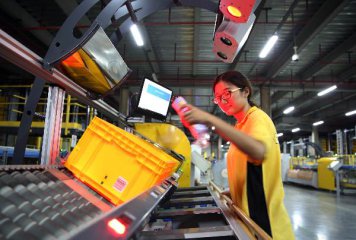
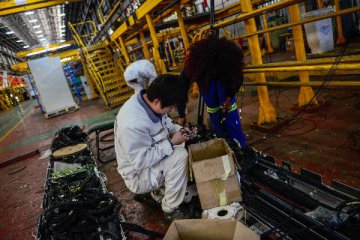
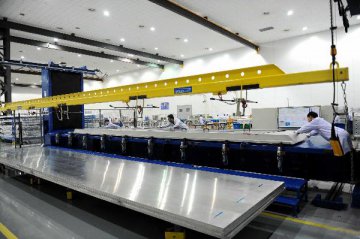
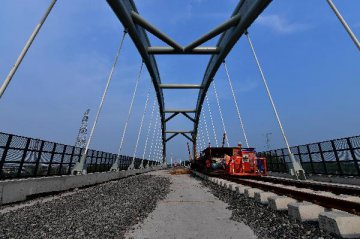
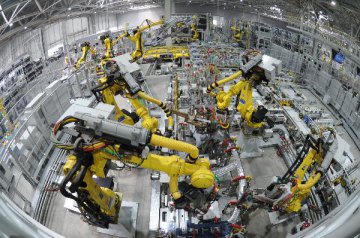


Latest comments